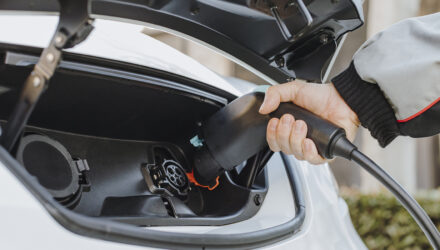
Top tips
The IAM’s chief examiner, Peter Rodger, is sharing advice this week on eco-driving to ensure motorists drive in a way that protects not only the environment but also your bank balance.
Eco-driving is the term used to describe the energy efficient use of vehicles and it can be a great and easy way to reduce fuel consumption.
Over the last decade, engine technology and car performance has improved rapidly but a majority of drivers have not adapted their driving style to suit. Eco-driving tends to suit modern engines and makes better use of advanced vehicle technologies driving down fuel cost savings, as well as providing greater safety and comfort.
- Before setting off ask yourself if you really need to drive, especially on short journeys where you can walk or cycle. Your engine stays cold when you drive less than two miles and your car will produce 60 per cent more pollution than a warm engine – avoid these short journeys where possible.
- Use alternative green fuels that contribute to the reduction in CO2 emissions if possible. Remember never fill the tank right up as this also reduces fuel efficiency.
- Extending your planning and observational skills will help you approach hazards, including roundabouts and junctions, a lot more smoothly without having to brake sharply and accelerate too often. The earlier you plan ahead, the sooner you can prepare to slow down if you need to.
- Making sure you keep to the speed limit not only ensures you avoid the risk of incurring a fine, but also ensures you reduce fuel consumption by up to 25 per cent.
- If you drive a manual car use block gear changes on deceleration. For example, go straight into second gear from fifth gear if possible and appropriate – this will save a lot more fuel.
- If it is safe to do so, switch off your engine when you are stuck in a long queue. However, ensure that you remain alert and prepare for traffic to resume.
- Where possible, reverse into a parking bay so when you drive off again you can do so easily. It’s far more efficient and improves visibility.
- Heavy items in your car boot or a roof rack can also increase drag and therefore lower fuel economy – avoid weighing your car down with items you’ll never need.
Peter said: “There are many simple ways to improve the fuel economy of your car. Everyone is capable of achieving them with small changes to their driving behaviour. You will not only save money, but become a safer driver as a result.”


















